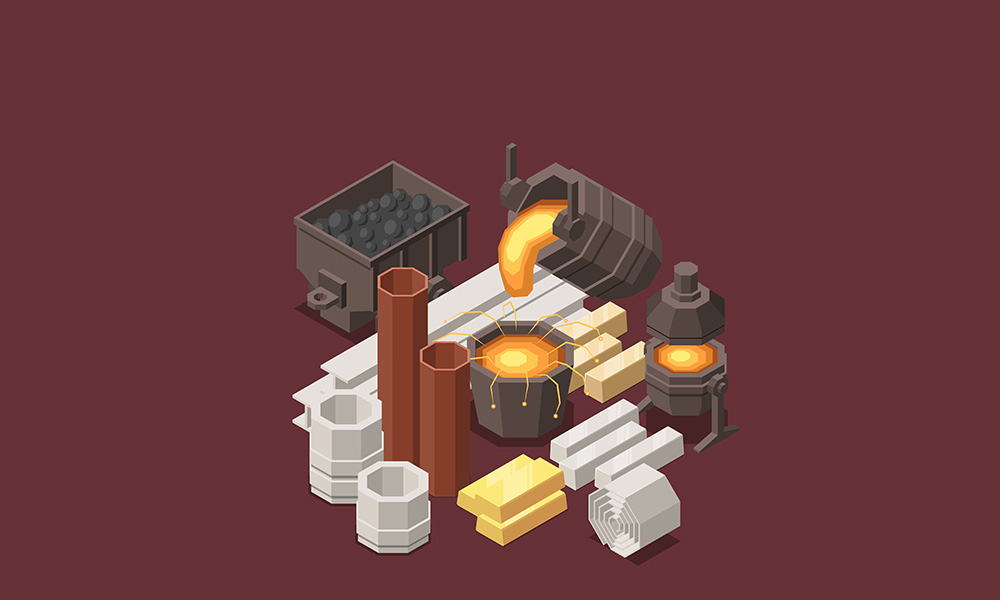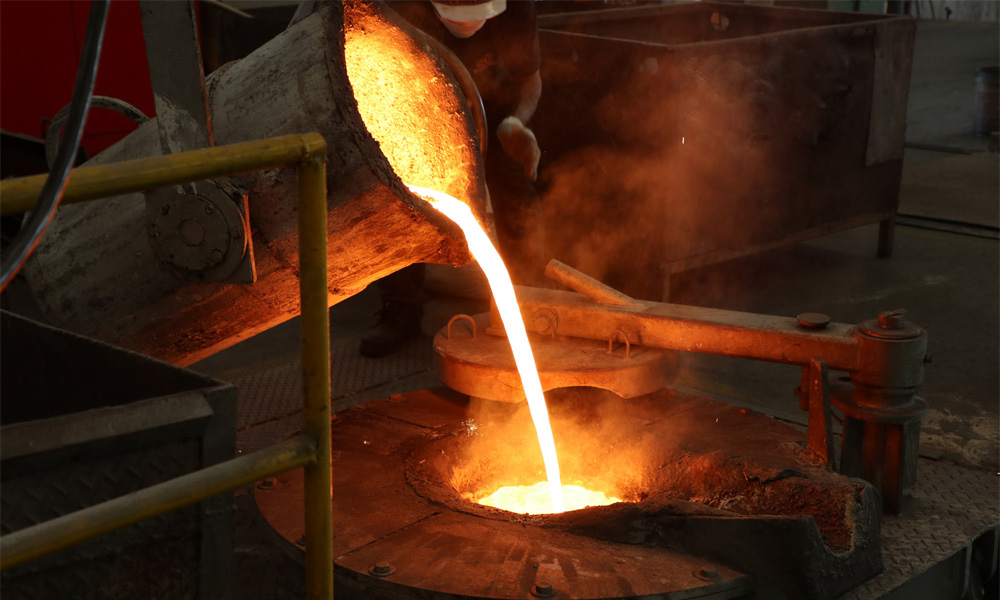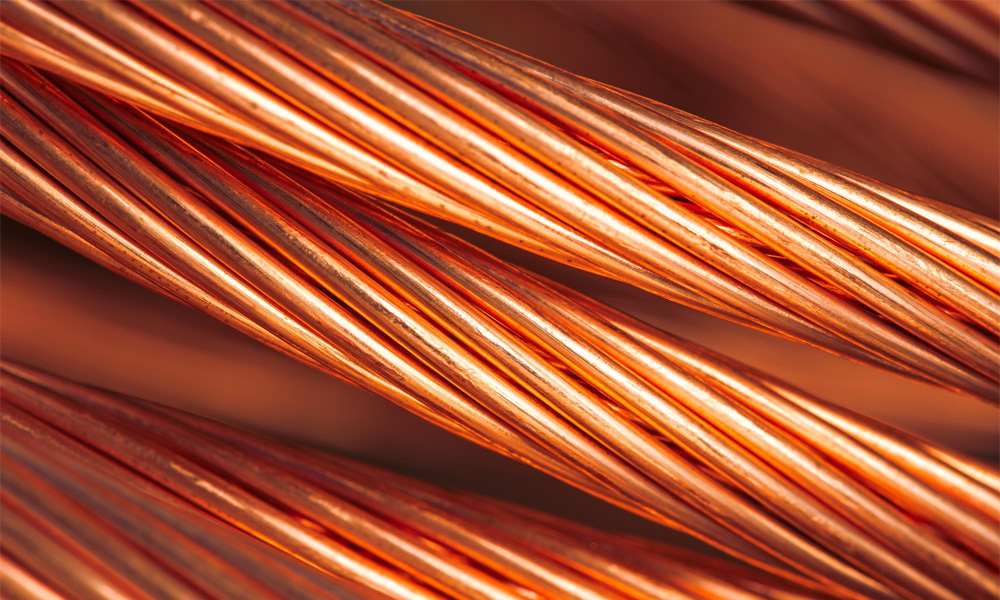In engineering industries, selecting raw materials that can withstand pressure, impact, and sudden changes is of great importance. Due to its exceptional physical properties, copper has always been recognized as a reliable choice. The combination of copper and impact resistance has led to the widespread use of this metal in major industrial, construction, and electronic projects. In this article, we will thoroughly explore this important property and its role in advancing engineering projects.

Understanding Copper: Physical Properties and Its Relation to Impact Resistance
As a semi precious metal, copper offers excellent thermal and electrical conductivity, high ductility, and appropriate copper hardness. The hardness of copper, along with its natural toughness, allows it to deform without breaking when impacted this feature forms the foundation of its remarkable impact resistance. The copper hardness is such that it absorbs impact energy without causing cracks or fractures. This characteristic distinguishes copper from metals like aluminum and even some types of steel. Additionally, the ductility of copper ensures that under sudden forces, it bends uniformly and predictably rather than shattering. Moreover, its high thermal and electrical conductivity helps distribute the impact energy across its surface, which further enhances its impact resistance.
All these physical traits have made copper an ideal material for industries such as cable manufacturing, heavy industrial equipment, energy transmission lines, aerospace components, and even modern architecture. Products such as impact resistant cables, specialized engineering components, and copper rod 1.8 mm, copper rod 2.6 mm, and copper rod 8 mm are practical examples of how copper’s superior properties are applied across various industries.
What Is Copper and Impact Resistance and How Is It Measured?
Impact resistance refers to a material’s ability to absorb energy during an impact without cracking or breaking. In the context of copper and impact resistance, tests such as the Charpy impact test are used to measure the energy absorbed by a copper sample. Interestingly, thanks to properties like the yield strength of copper, this metal performs well under sudden shocks and undergoes controlled deformation.
Why Is Copper’s Impact Resistance Crucial in Sensitive Industries?
In industries such as rail transportation, marine systems, electronics, and construction, it is vital to use materials that can withstand mechanical impacts. Power cables in trains, underground cables in urban projects, offshore power transmission equipment, and earthquake resistant building structures all require materials with high impact resistance. The exceptional combination of copper’s strength and flexibility makes it a key player in these applications.
Copper performs outstandingly in high voltage power cables and industrial equipment due to its ability to absorb mechanical shocks without cracking. In construction, the use of copper joints and components increases the safety of structures against sudden forces such as earthquakes or heavy impacts. Products like copper wire rod are real-world examples of this feature being applied in industrial and construction projects, valued for their durability, longevity, and reliability.

Comparing Copper’s Impact Resistance with Other Industrial Metals
Compared to metals like aluminum and steel, copper offers a better balance between hardness, ductility, and impact resistance. While steel may be harder, it is more prone to cracking under sudden impact. On the other hand, copper can absorb impact energy more effectively and deform without breaking. This advantage is particularly significant in products like copper rod.
Applications of Copper’s Impact Resistance in Engineering Projects
The unique impact resistant characteristics of copper have enabled it to play a vital role in various engineering projects. These applications result from the combination of its hardness, flexibility, and long lasting durability. Some of the most important applications include:
- Manufacturing impact-resistant cables: Copper cables designed for industrial or underground use must endure physical impacts and external pressure. Using copper with high durability ensures these cables maintain safety and performance in harsh conditions.
- Fabricating pressure sensitive industrial parts: Industries such as automotive, aerospace, and rail transport require components that function under high pressure without damage. Due to its toughness and excellent impact resistance, copper is an ideal choice for such components.
- Producing durable electronic equipment: In devices like transformers and industrial motors, copper wires such as copper wire are crucial. These devices must resist mechanical stress and impact during operation.
- Architectural and structural joints: In earthquake-resistant or mechanically stressed building projects, copper components are preferred for their flexibility and ability to absorb shocks without fracturing.
These applications illustrate why copper’s impact resistance is considered a critical factor in material selection for engineering projects.

The Role of Copper Alloys in Enhancing Impact Resistance
Various alloys such as brass (copper and zinc) and bronze (copper and tin) improve copper’s impact resistance. These alloys increase hardness while maintaining flexibility, making them suitable for applications that require repeated impact tolerance. In many engineered parts, using the right alloy enhances longevity and reduces the need for maintenance.
Conclusion: The Importance of Copper in Material Selection
Given copper’s unique properties in absorbing impacts and resisting deformation, the concept of copper and impact resistance is recognized as a key factor in the success of engineering projects. With a balance of hardness, toughness, and sufficient yield strength, copper remains one of the most popular choices for critical industrial and construction uses. A deeper understanding of these properties helps make smarter material choices and extend the lifespan of engineering products. Finally, if you’re looking to purchase high quality copper products, get in touch with the experts at Kayhanmetal today and benefit from professional advice and competitive pricing.


No comment